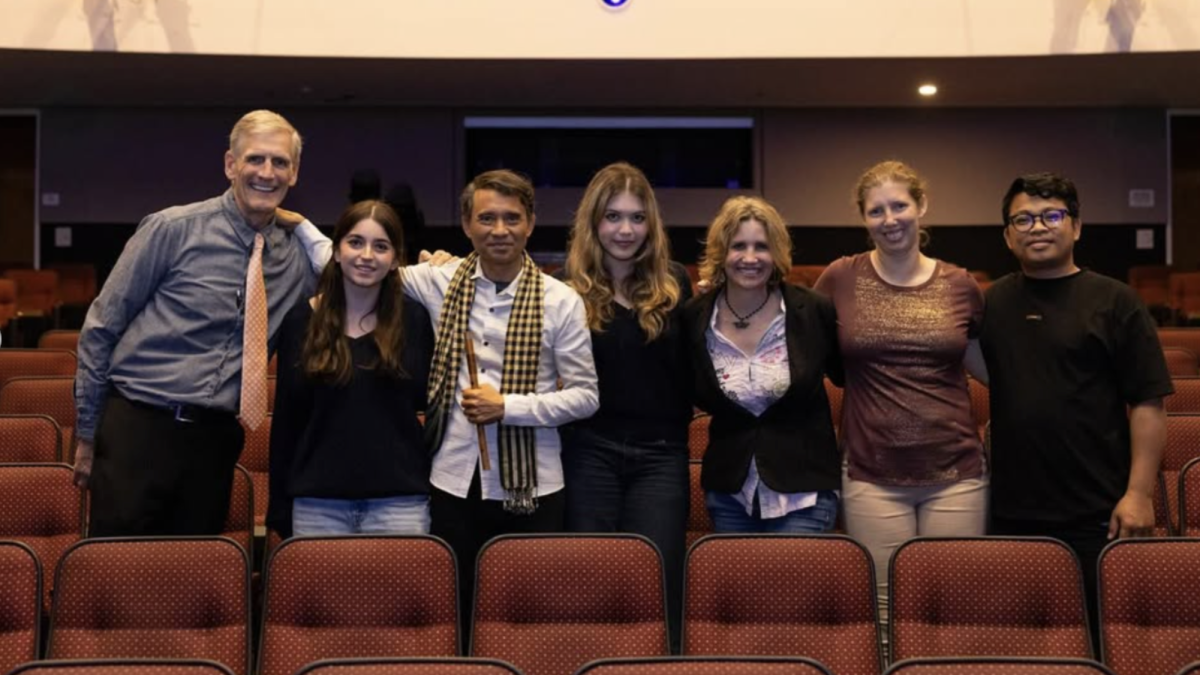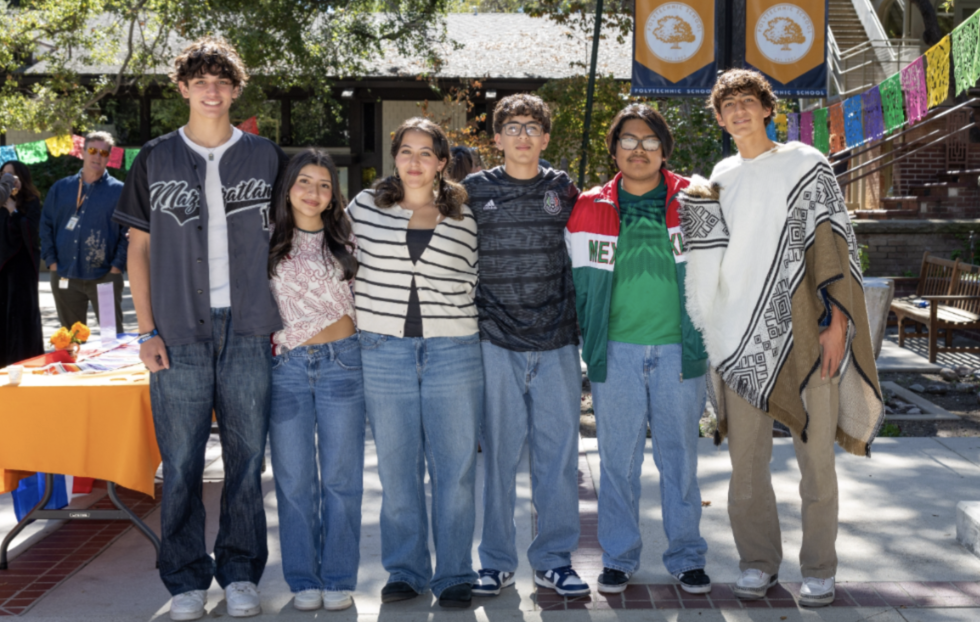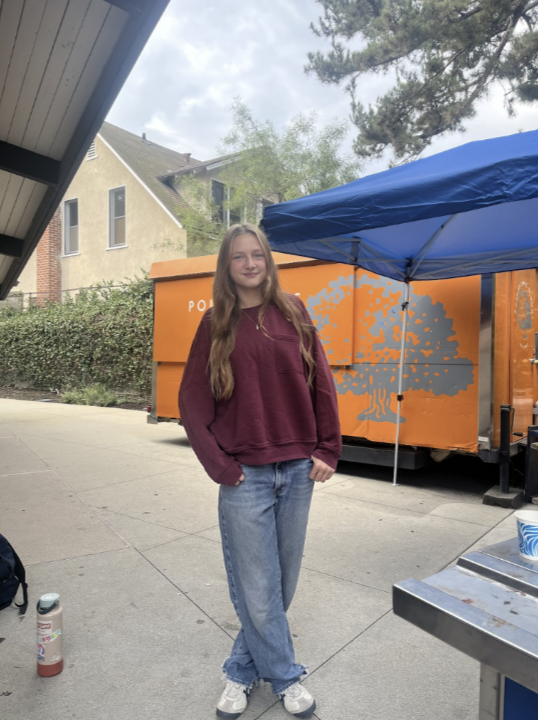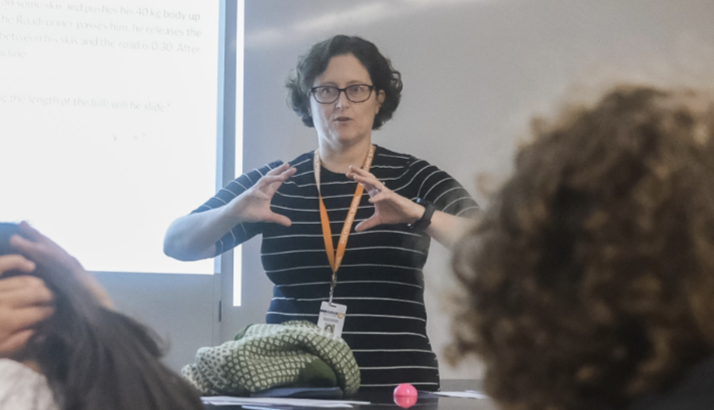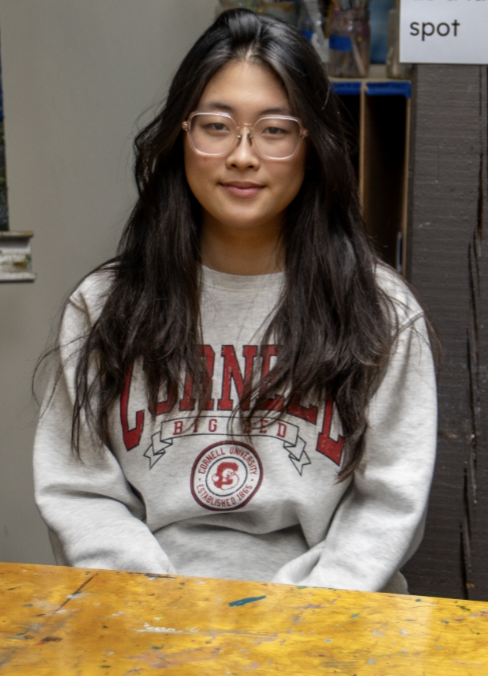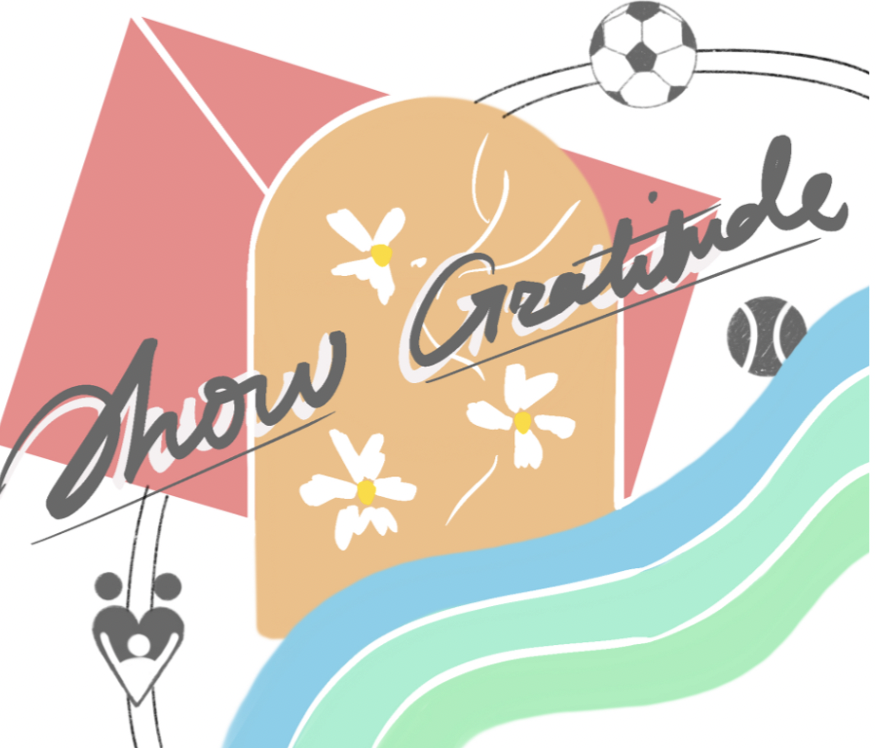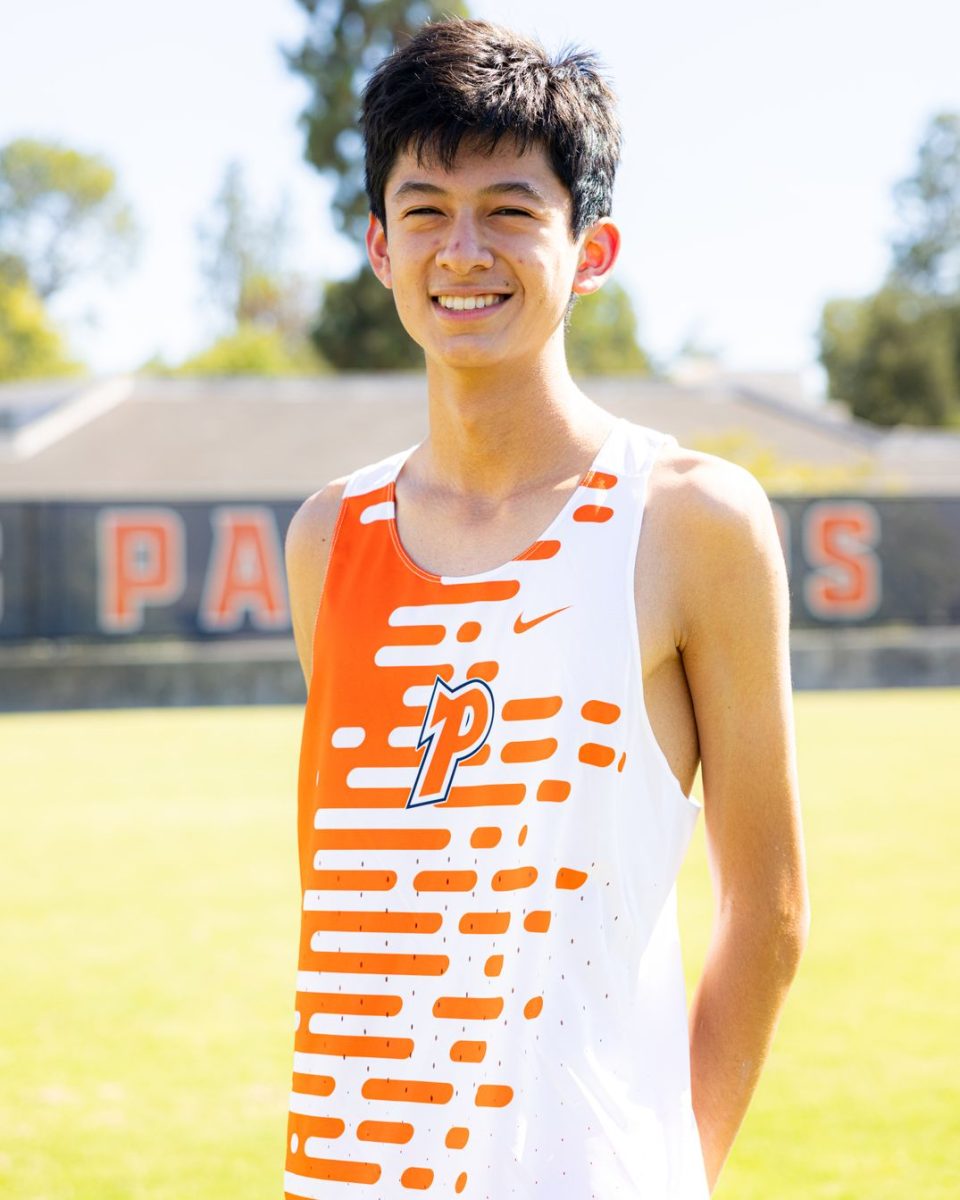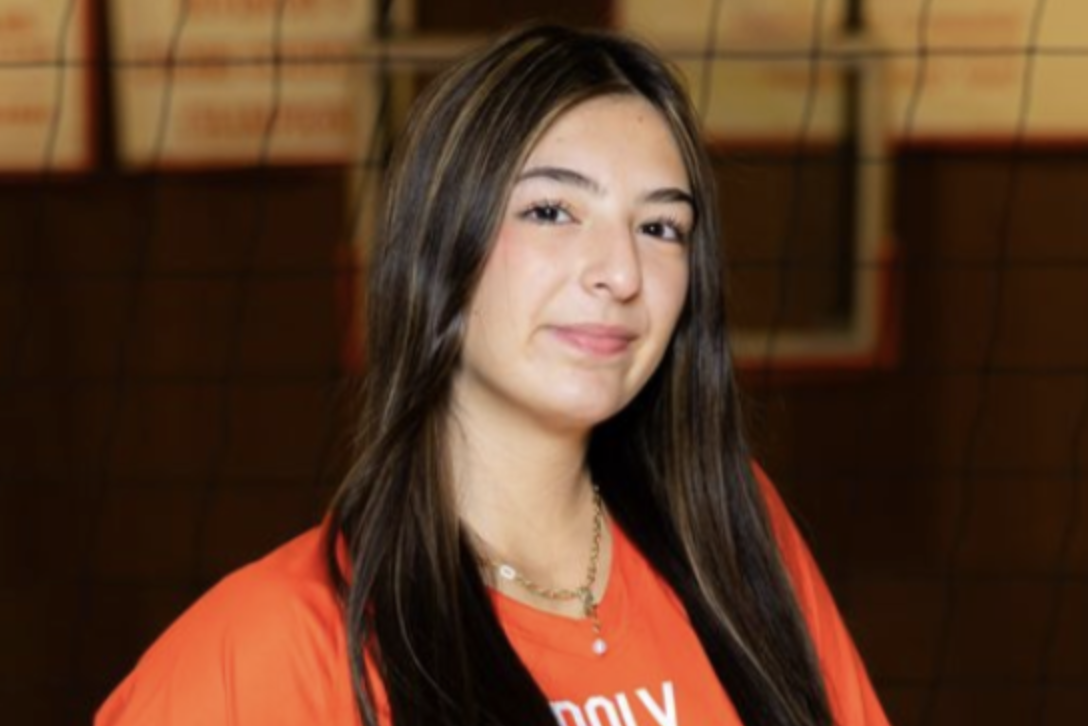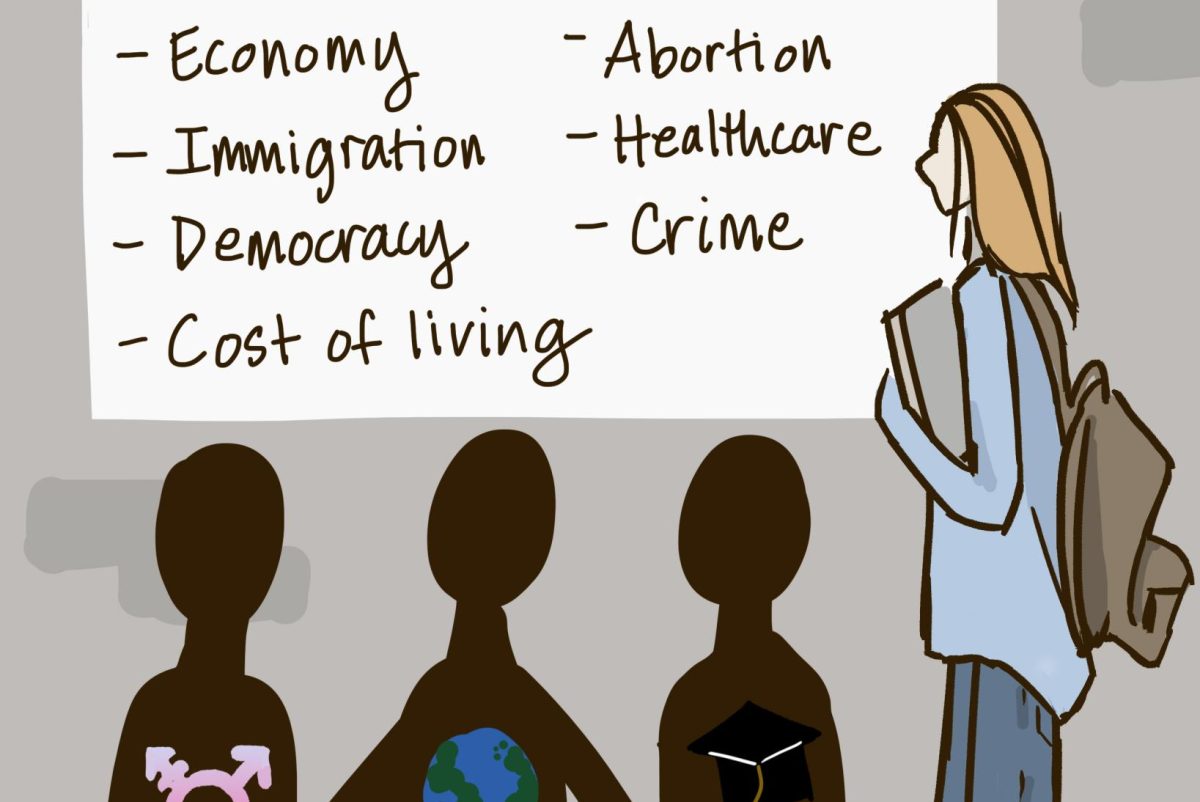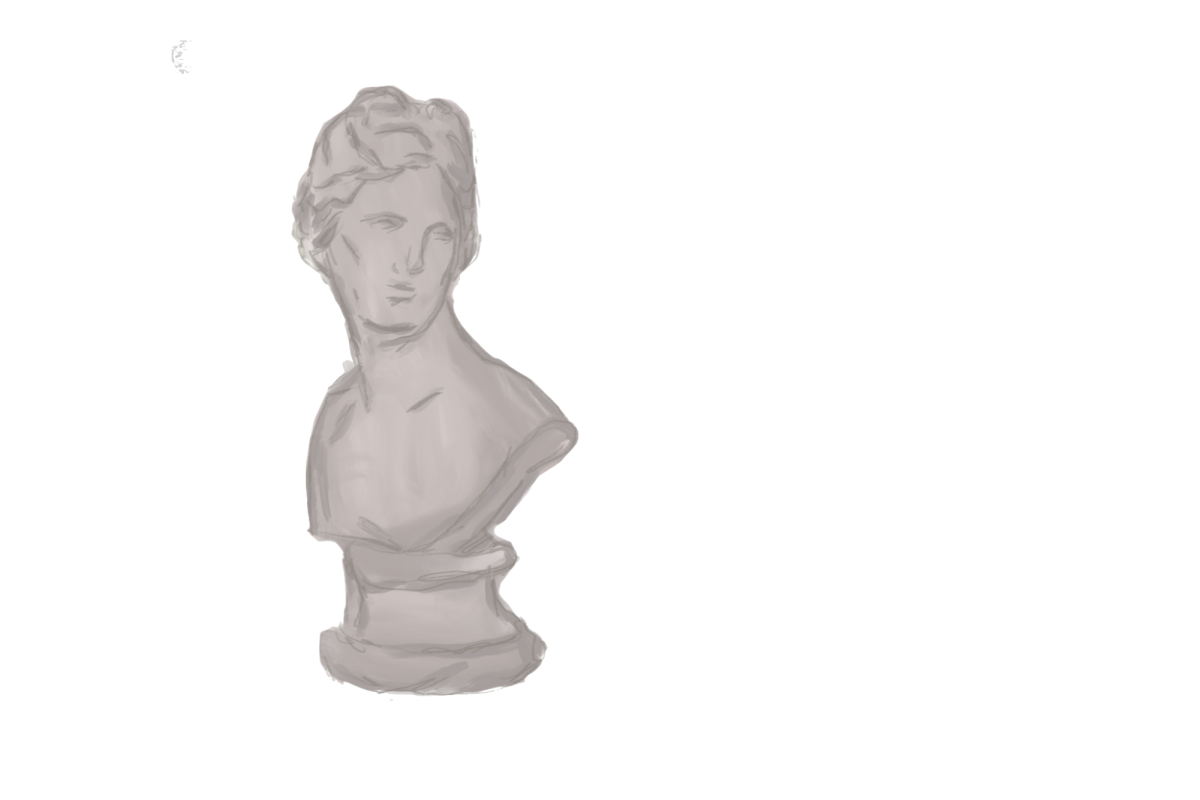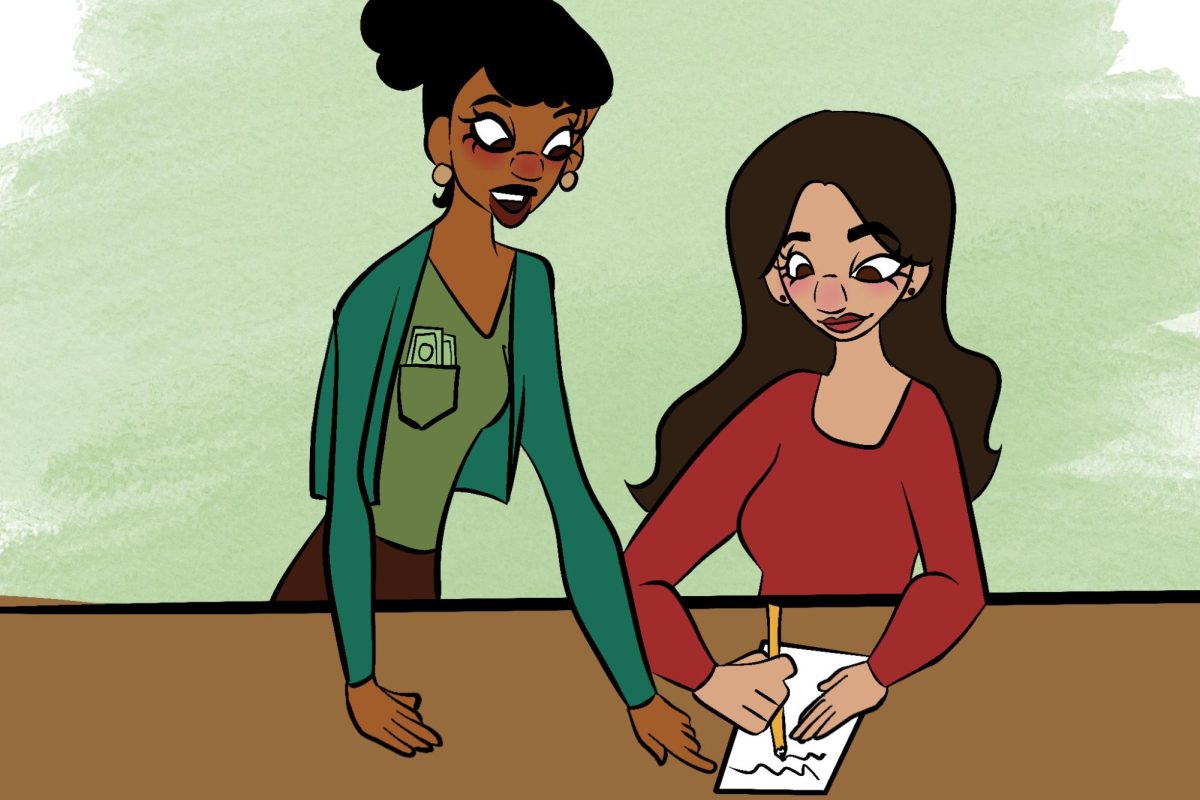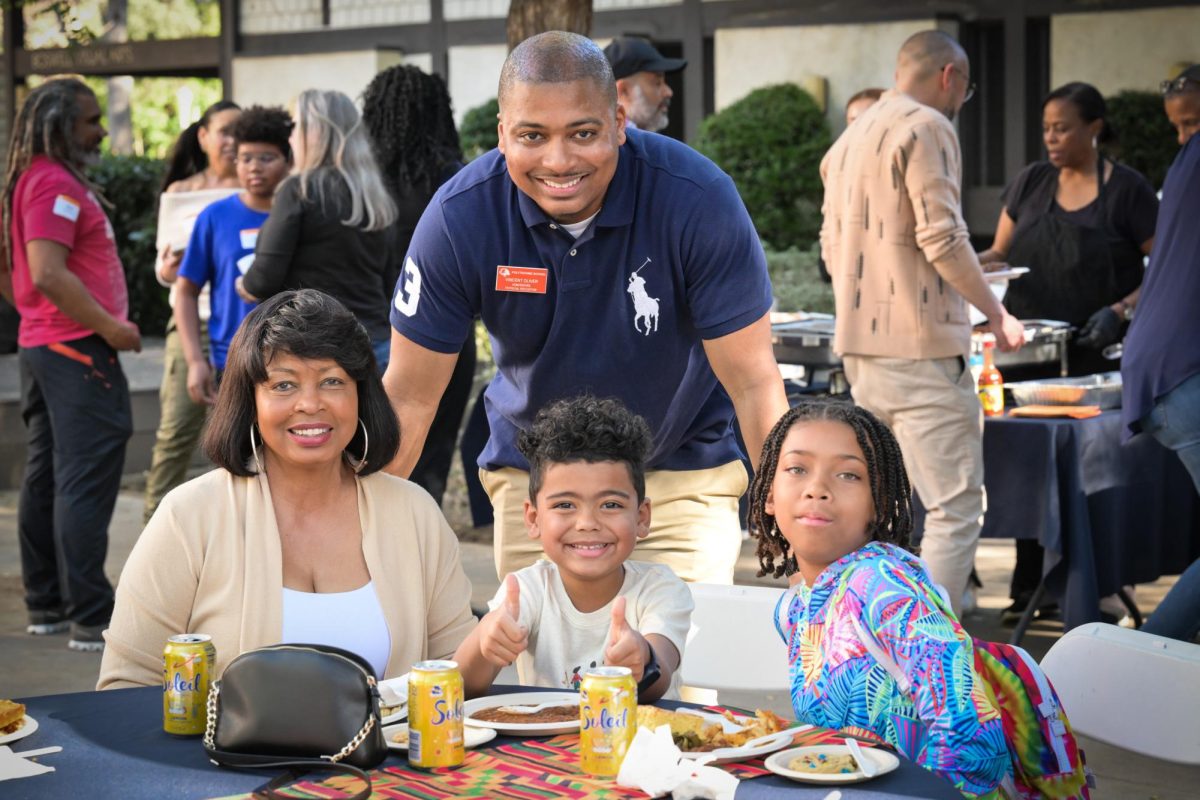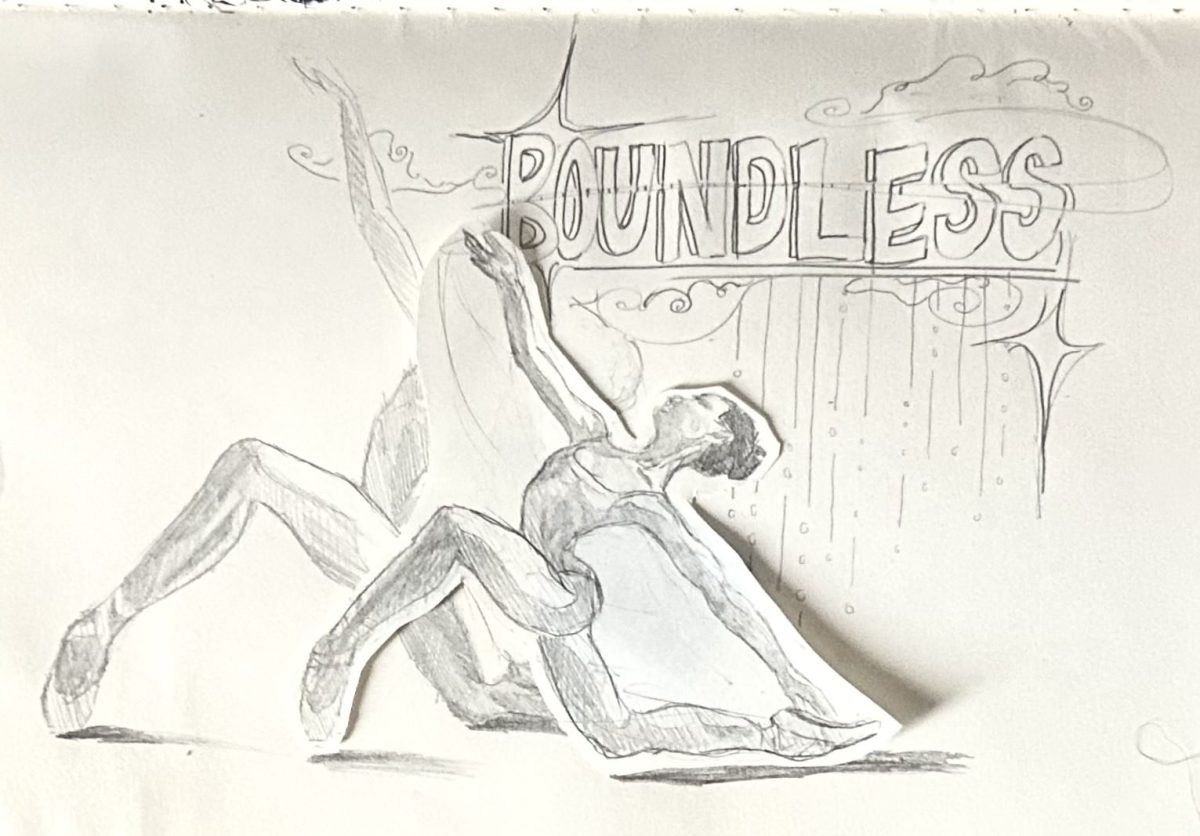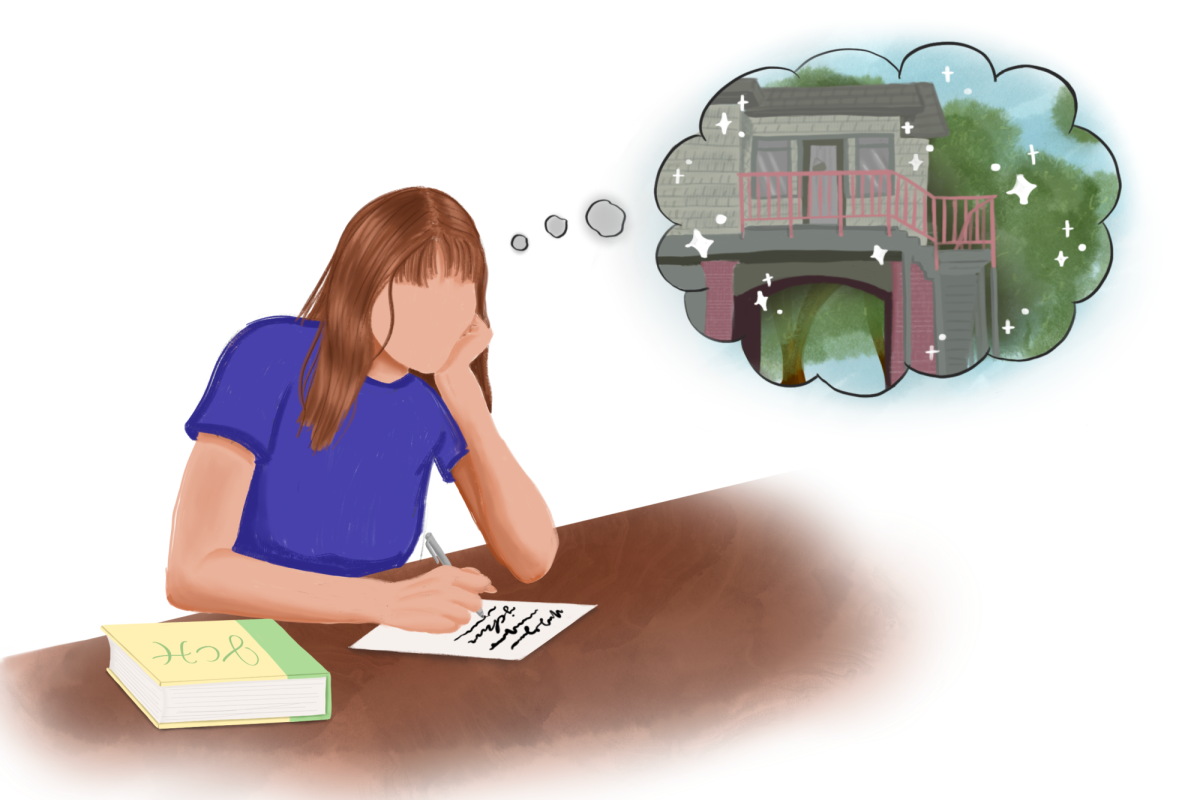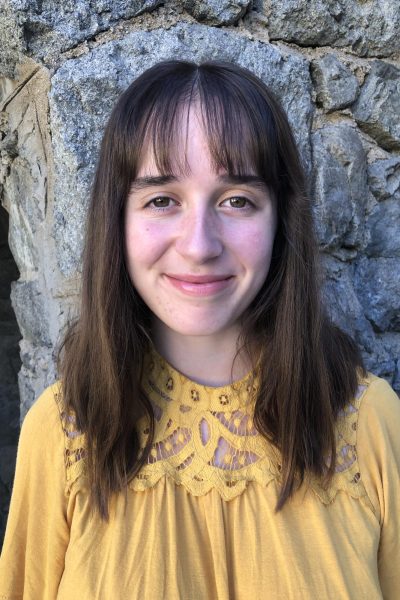You’ve probably heard about the “well-rounded student,” an idealistic and slightly vague term used to describe what all students should strive to be. Only recently have I come to realize how unrealistic and frankly inaccurate this ideal really is. Because, while it is an appealing concept, the well-rounded student is a myth.
But why exactly is the idea unrealistic? We all have our strengths and weaknesses. The term “well-rounded” assumes that students don’t have any weak spots. Students shouldn’t have to contort their interests just to achieve a higher rigor. Former Stanford admissions officer Grace Kim put it best: “[Colleges] are looking for a well-rounded class even if not each individual student is well-rounded.”
This is why I am intrigued by how many Poly students are enrolled in advanced STEM classes, even though more Poly students go on to major in humanities than STEM. Last year, The Paw Print poll of the Class of 2022 found that 46 respondents planned to study humanities or social sciences while just 29 respondents planned to study formal sciences or natural sciences.
So, if many of them are not going on to major in the subjects, why are they taking college-level science and math classes?
Poly students’ propensity for rigorous courses surely contributes to this situation. Dean of Instruction J.D. Gladden said, “I think Poly is a unique institution in that there are really high-achieving students here who are really passionate about challenging themselves in all sorts of different ways and trying to achieve excellence and also really intellectually curious. It doesn’t surprise me at Poly that there are a lot of students looking for extra challenges and opportunities to explore their curiosity.”
Director of College Counseling Mark Rasic spoke to the importance of rigorous schedules: “When admission representatives read an application. . .they look to see that any applicant has taken challenging coursework while pursuing their interests in interesting and challenging ways.”
Unfortunately, this can create a competitive and sometimes toxic environment.
“My optimistic answer is that [students] take the classes because they are interested deeply in them,” said 10th Grade Dean and Coordinator Cynthia Crass. “My realistic answer is that some students may take the classes because they want to show that they challenged themselves to colleges, they want to keep up with their friends or they have pressure from their parents.”
Understandably, such pressure from peers or parents may prevent students from choosing courses that are most suitable for them.
While creating a rigorous schedule is one reason for taking accelerated STEM courses, the lack of advanced courses in other subjects may also play a role. Interestingly, Poly does not provide advanced humanities courses for 9th or 10th graders. (The two exceptions are PolyEnriched Psychology, which 10th graders can take as an elective, and advanced languages, for which a small group of underclassmen is eligible.) Because of the lack of other options, some students may choose to take accelerated STEM courses in order to bolster their resumes.
Gladden explained that Poly’s decision not to offer accelerated humanities courses for underclassmen is not an intentional one. Instead, each department decides what is best for their subject.
Perhaps Poly should offer underclassmen more opportunities to take advanced humanities classes. Given how many Poly graduates go on to major in humanities, the introduction of such classes into Poly’s curriculum would certainly be a popular and helpful one.
“I think if I was given the opportunity to take advanced humanities classes in 9th or 10th grade, I definitely would have taken some, if not all, of the classes,” said junior Audrey Tomlin.
Until then, students ought to consider two factors when considering whether or not to take an advanced course. The first factor is personal strengths. High school is an excellent time to hone talents. That being said, I am not advocating for students to limit themselves to what they are inherently good at, which leads to the second factor: personal interests. When choosing classes, Rasic suggests students “focus on pursuing genuine interests in meaningful, creative and, hopefully, fun ways.”
The combination of these two factors is important. Our passions often lie at the intersection of our strengths and interests. Recognizing this will lead to a more fulfilling, enjoyable and intellectually satisfying high school experience.



